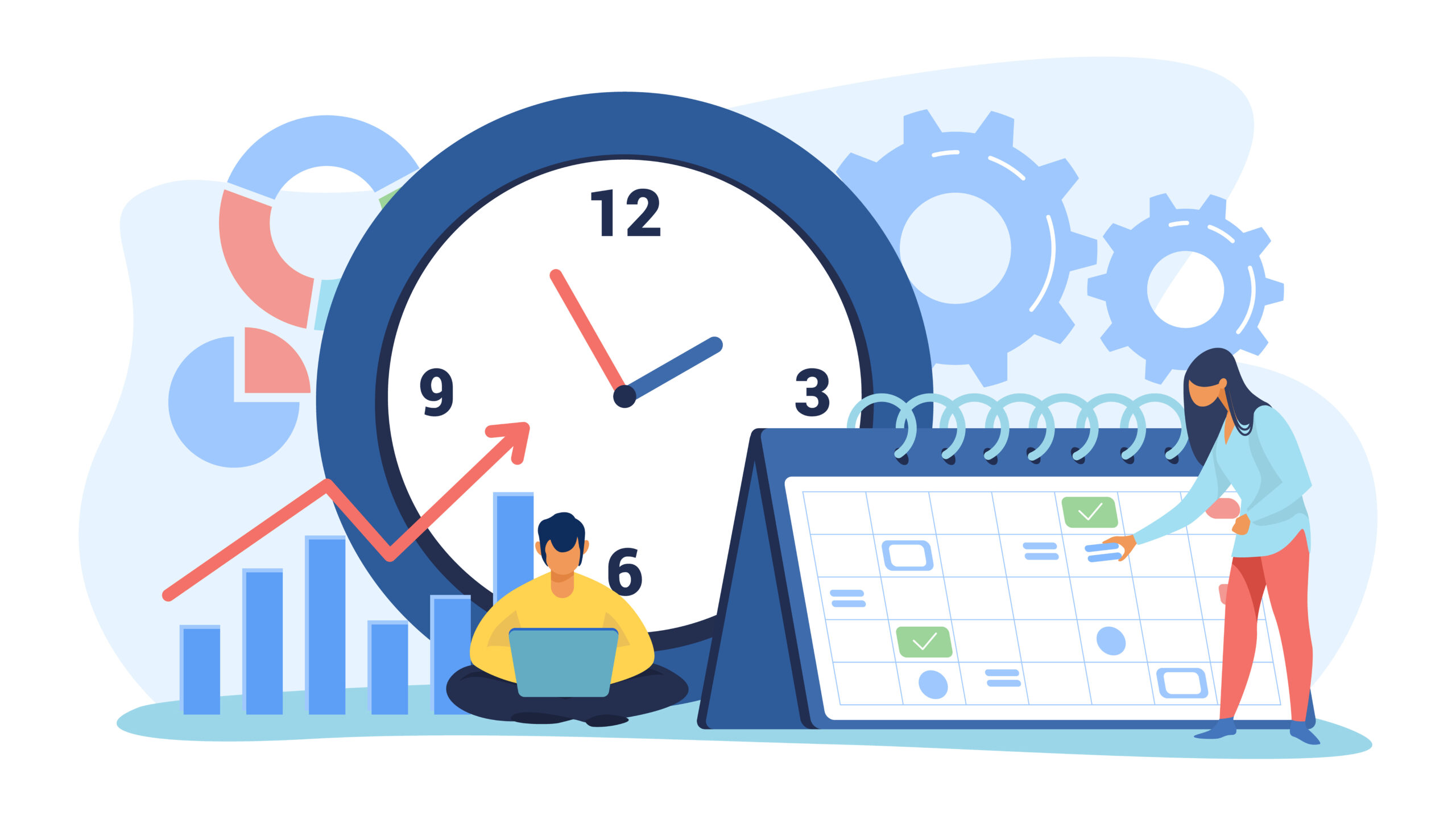
What Are the Best Methods for Timing Trades in Volatile Markets?
Ever feel like the market is a wild rollercoaster and you’re just trying to hold on? Trust me, I’ve been there! After years of trading through some crazy volatile markets, I’ve learned a thing or two about timing trades, and today I’m gonna share my best tips with you.
Why Timing Matters in Volatile Markets
Listen up! Timing your trades in volatile markets is like trying to catch a falling knife – exciting but super risky! I learned this the hard way back in 2020 when markets were going crazy. That’s when I realized good timing isn’t just about luck – it’s about having the right tools and strategy.
The Basics of Trade Timing
1. Market Analysis Tools
First things first – you need good data! I use Insight Ease API for:
- Real-time market updates
- Historical price data
- Technical indicators
- Market sentiment analysis
2. Understanding Volatility Patterns
Here’s what I look for:
- Volume spikes
- Price swings
- Market momentum
- Support and resistance levels
My Favorite Timing Strategies (That Actually Work!)
1. The Volume-Price Strategy
This is my go-to method! Here’s how it works:
- Watch for increasing volume
- Look for price confirmation
- Use reliable market data to verify trends
- Wait for pullbacks
2. The Breakout Strategy
- Identify key resistance levels
- Watch for volume confirmation
- Look for strong momentum
- Don’t chase the price!
Tools That Help With Timing
1. Technical Indicators
I always check these before trading:
- RSI (Relative Strength Index)
- MACD (Moving Average Convergence Divergence)
- Volume indicators
- Bollinger Bands
2. Market Analysis Tools
Good tools make timing way easier:
- Real-time data feeds
- Chart patterns
- Price alerts
- Volume analysis
Common Timing Mistakes (I’ve Made Them All!)
- FOMO Trading
- Jumping in too early
- Chasing prices
- Ignoring signals
- Not Using Stop-Losses
- Always set your exits
- Protect your capital
- Stay disciplined
Advanced Timing Techniques
1. Multiple Timeframe Analysis
I look at:
- Daily charts for trends
- Hourly charts for entry points
- 15-minute charts for fine-tuning
2. Market Sentiment Analysis
- Check news impact
- Monitor social media sentiment
- Watch institutional activity
My Personal Timing System
Here’s what works for me:
- Morning Routine:
- Check overnight news
- Review market data
- Plan potential trades
- During Market Hours:
- Monitor real-time feeds
- Watch for setup patterns
- Stay patient!
- End of Day:
- Review trades
- Update journal
- Plan for tomorrow
Technology and Trade Timing
Modern markets need modern tools! Here’s how I use tech:
- API Integration
- Get real-time data
- Set up automated alerts
- Track multiple markets
- Automation Tools
- Price alerts
- Volume triggers
- Pattern recognition
Psychology of Timing
Let’s get real – emotions mess with your timing! Here’s how I stay calm:
- Stick to my plan
- Don’t overtrade
- Take breaks when needed
- Keep a trading journal
Best Practices for Different Market Conditions
Bull Markets
- Buy dips
- Look for breakouts
- Stay with the trend
Bear Markets
- Wait for confirmation
- Use smaller positions
- Be extra patient
Frequently Asked Questions
What’s the best time of day to trade volatile markets?
Usually the first and last hours of trading are most volatile. I prefer trading 2 hours after market open when things settle a bit.
How do you know when volatility is too high?
When your heart starts racing just looking at the charts, it’s probably too high! But seriously, I use the VIX index and ATR (Average True Range) to measure volatility.
Can you use the same timing strategies in all markets?
Nope! Each market has its own personality. What works in stocks might not work in crypto or forex.
How important is real-time data for timing trades?
Super important! That’s why I always recommend using reliable data sources like Insight Ease API – outdated data = bad trades!
Final Thoughts
Remember, good timing comes from practice and having the right tools. Start with reliable data (seriously, check out Insight Ease API – it’s been a game-changer for me), develop a system that works for you, and stick to it!
Don’t expect to nail every trade – even the pros don’t! Focus on consistency and managing risk. Over time, you’ll develop a feel for market rhythms and better timing will come naturally.
Stay safe out there, and happy trading!
Got questions about trade timing or want to share your own experiences? Drop a comment below – I’d love to hear from you!

